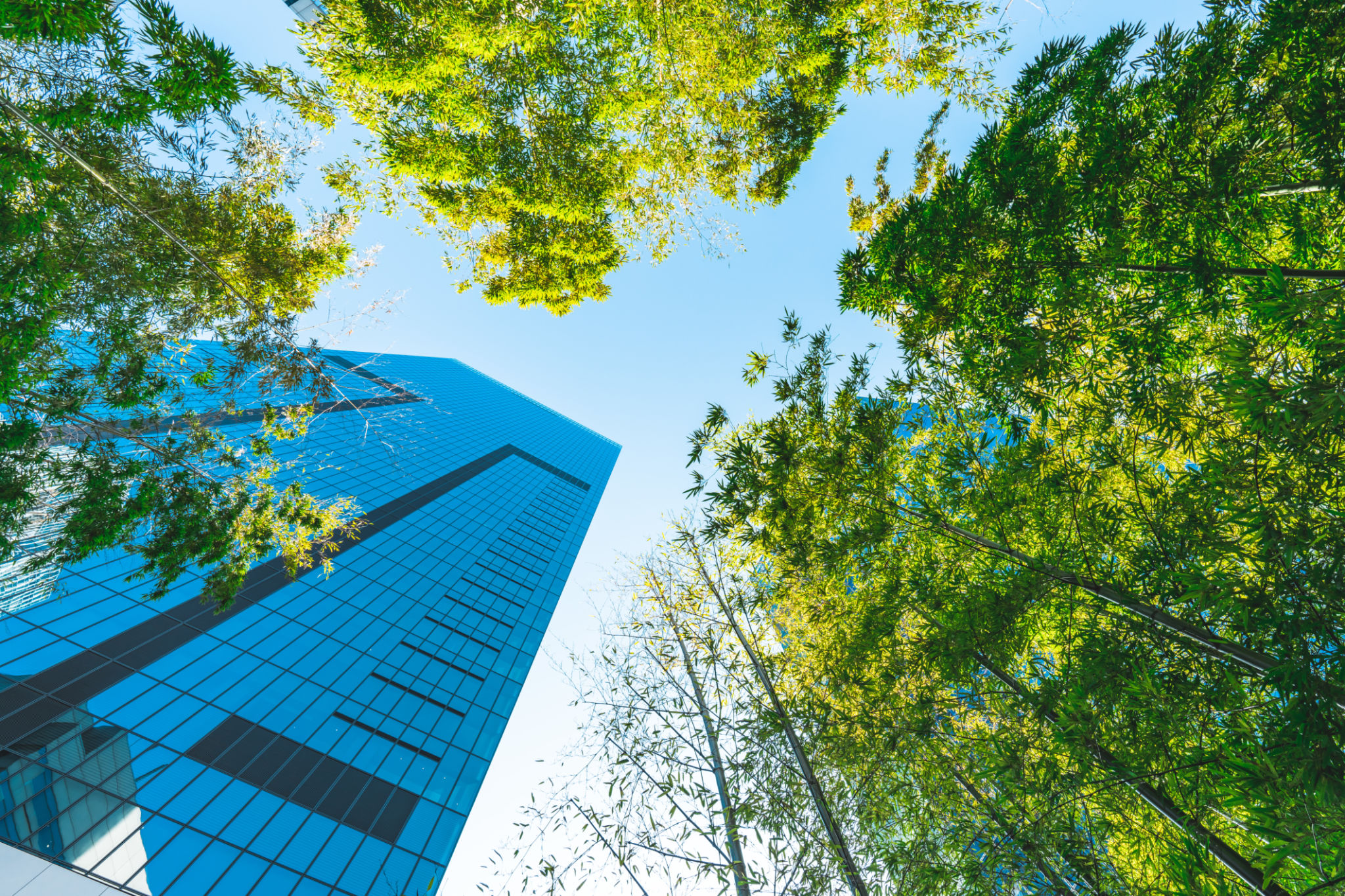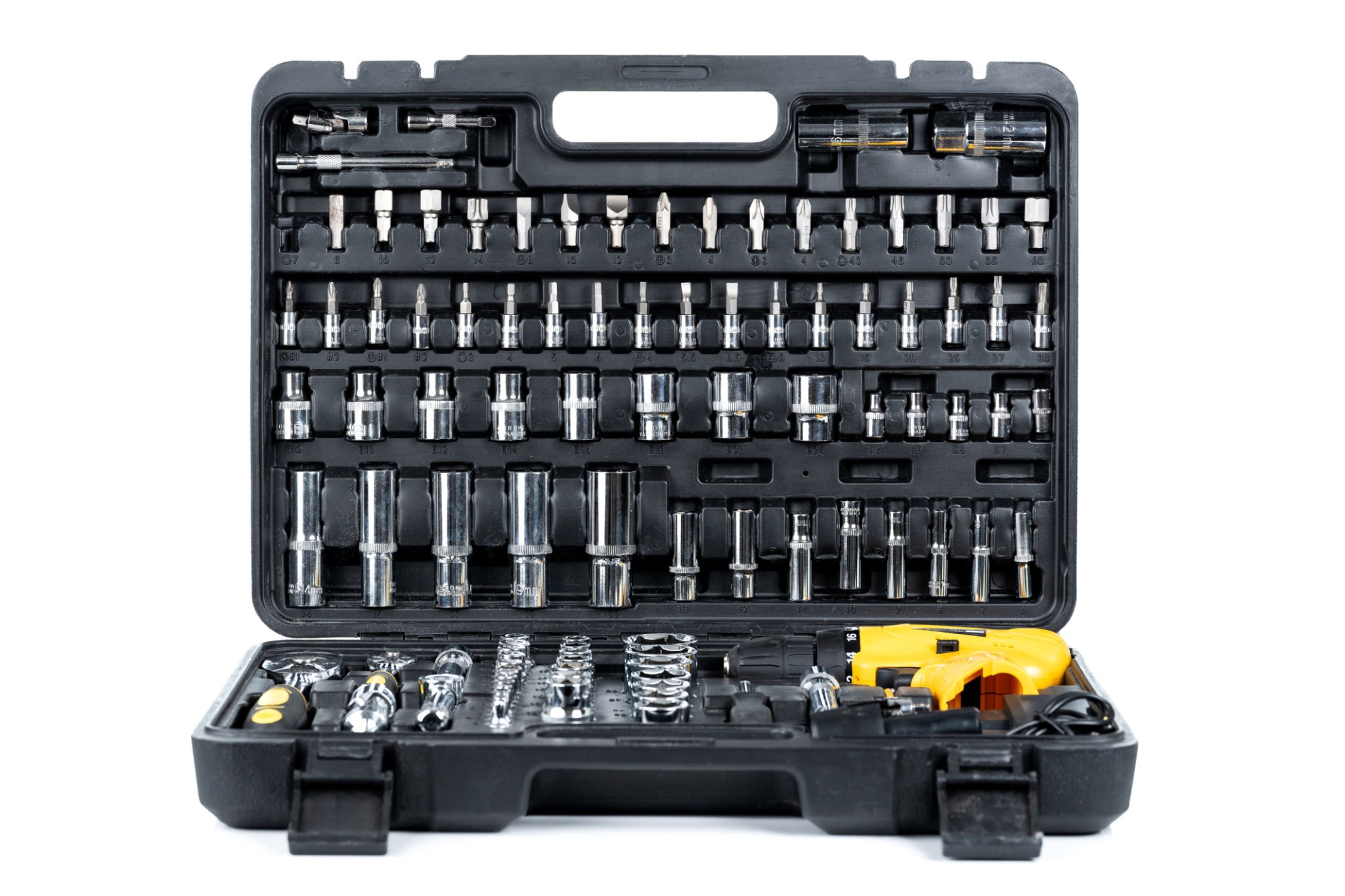Eco-Friendly Brush Clearing: Sustainable Practices for Your Property
Understanding Eco-Friendly Brush Clearing
As property owners become more environmentally conscious, the demand for eco-friendly brush clearing methods is on the rise. Traditional clearing methods often involve heavy machinery and chemicals, which can have detrimental effects on the local ecosystem. Instead, sustainable practices aim to protect and preserve the natural environment while effectively managing overgrown areas.

Benefits of Sustainable Brush Clearing
Eco-friendly brush clearing offers numerous benefits beyond just maintaining a neat appearance. First, it helps in preserving local flora and fauna, ensuring that native plants and wildlife continue to thrive. Additionally, sustainable methods can improve soil health and reduce erosion, leading to more stable landscapes.
Moreover, these practices contribute to reduced carbon footprints by minimizing the reliance on fuel-powered machinery. By opting for manual or low-impact tools, property owners can make a positive impact on the environment while maintaining their land.
Sustainable Clearing Techniques
Manual Clearing
One of the simplest eco-friendly methods is manual clearing, which involves using hand tools like pruners, loppers, and saws to remove unwanted vegetation. Although labor-intensive, this technique allows for precise control over which plants are removed, helping to preserve beneficial species.

Goat Grazing
Utilizing goats for brush clearing is an ingenious solution that naturally manages vegetation. Goats are adept at navigating difficult terrains and can clear areas that might be inaccessible to machinery. This method is not only effective but also enriches the soil through natural fertilization.
Choosing Native Plants for Replanting
After clearing unwanted brush, it's essential to consider replanting with native species. Native plants are well-adapted to the local climate and require less maintenance. They also provide essential habitats for local wildlife and promote biodiversity.
Choosing the right plants involves understanding your property's soil type, climate conditions, and existing ecosystem. Consulting with local horticulturists or environmental experts can aid in selecting the best native species for your area.

The Role of Community Involvement
Community involvement plays a significant role in promoting and implementing sustainable brush clearing practices. Local workshops and educational programs can raise awareness about the benefits of eco-friendly methods and encourage more property owners to adopt them.
By working together, communities can ensure that large areas are managed sustainably, creating greener and healthier environments for everyone. Collaborative efforts can also lead to shared resources and knowledge, making eco-friendly practices more accessible.
Conclusion: Embracing a Greener Approach
Eco-friendly brush clearing is not just a trend but a necessary shift towards more sustainable land management practices. By choosing methods that prioritize environmental health, property owners can protect biodiversity, improve soil conditions, and contribute to a more sustainable future.
As awareness grows and techniques evolve, embracing these practices will become increasingly important in our efforts to live harmoniously with nature. It's time to take action—one brush-clearing project at a time—to ensure a healthier planet for generations to come.
